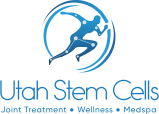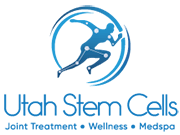Presently, post-accident care for spinal cord injury patients focuses on extensive physical therapy, occupational therapy, and other rehabilitation therapies; teaching the injured person how to cope with their disability.
A number of published papers and case studies support the feasibility of treating spinal cord injury with allogeneic human umbilical cord tissue-derived stem cells and autologous bone marrow-derived stem cells.
Feasibility of combination allogeneic stem cell therapy for spinal cord injury: a case report co-authored by Stem Cell Institute Founder Neil H. Riordan PA, PhD references many of them. Published improvements include improved ASIA scores, improved bladder and/or bowel function, recovered libido function, and increased muscle control.
Through administration of umbilical cord tissue-derived mesenchymal stem cells, we have observed improvements in spinal cord injury patients treated at our facilities.

